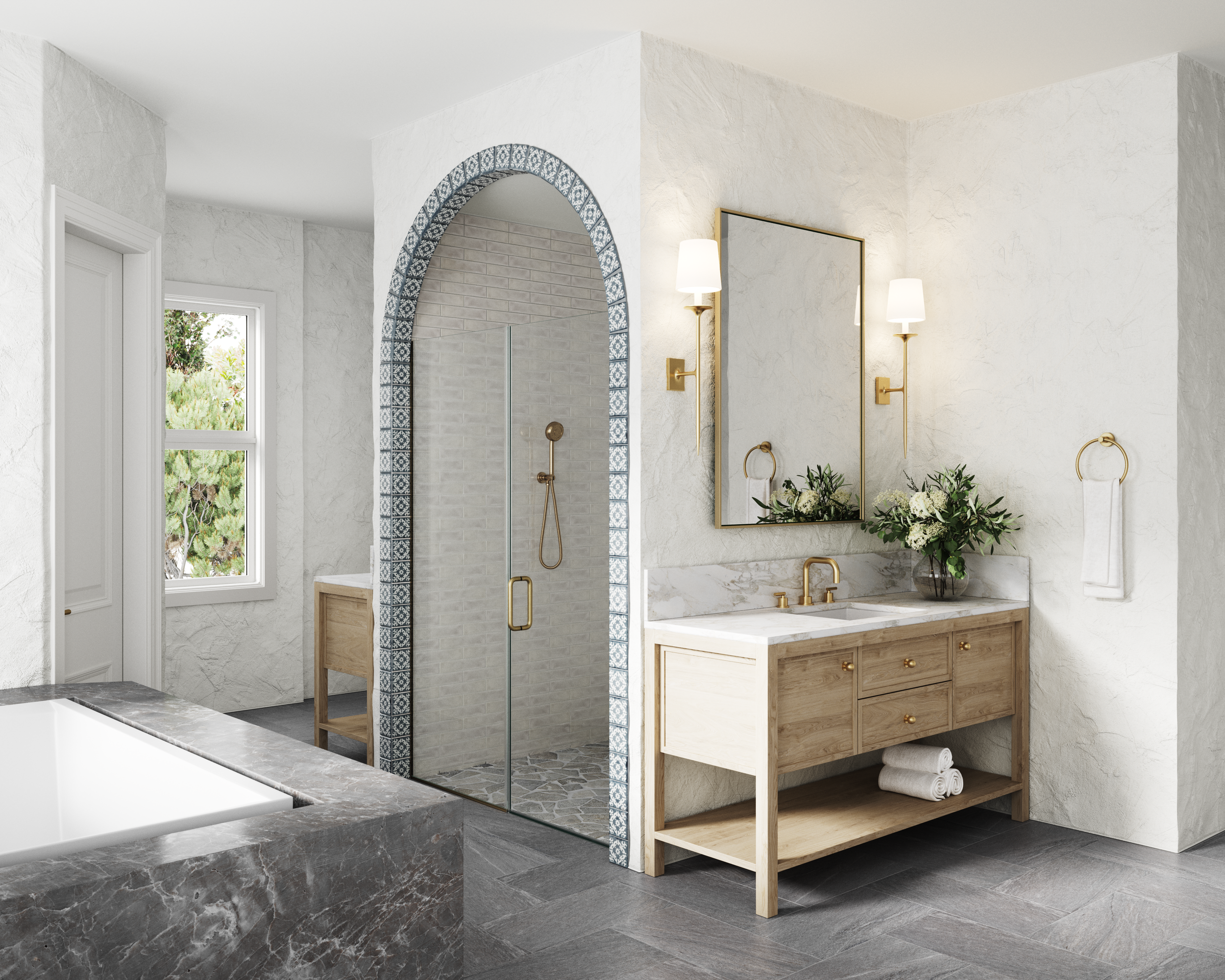How Your Home Impacts Your Mental Health
Interior design impacts your mental health. The overall combination of colors, lighting, space and decor affects your sense of wellbeing. By creating a space that supports your emotional and psychological needs, you can create a home that feels comfortable, relaxing, and nurturing.
1. Color Psychology
Color psychology: Colors have a significant impact on our mood and emotions. Bright, bold colors can stimulate the senses and energize the mind making them great choices in rooms with a lot of activity. On the other hand, soft, muted colors promote relaxation and calmness and are best used in spaces that you need to unwind in like bedrooms and bathrooms. Understanding color psychology can help you create a space that supports your mental health and well-being.
Colors also change your perception of depth and can make a room feel larger of smaller depending on the hue and value used on the walls and ceiling. For example, visually warmer colors like orange, red, yellow, and combinations of these look as though they come closer, or advance much like dark colors. This explains why they're often used to make large rooms seem more intimate and cozier. And cool colors in lighter tones such as blue, green, and light purple appear to recede, making them ideal in rooms that you want to appear larger. If you have a room that you want to enlarge visually, try a light blue to make it seem more spacious.
2. Natural Light
Exposure to natural light has been linked to improved mood, increased productivity, and better sleep. A well-designed interior can maximize the amount of natural light in a space, which can have a positive impact on your mental health.
3. Clutter and Storage
A cluttered, disorganized space can cause feelings of stress and anxiety, while a well-organized space can promote a sense of calm and control. Effective storage solutions and organization strategies are essential components of good interior design. Customized built in pieces often make the most of your potential space by working with the architectural elements to create optimal storage and functional organization in each area.
4. Comfort and Relaxation
Interior design can impact your mental health by creating a space that is comfortable and conducive to relaxation. Soft lighting, cozy textiles, and comfortable seating are all important elements of a space that promotes rest and relaxation.
5. Personalization
A space that reflects your personality and interests can have a positive impact on your mental health by providing a sense of belonging and comfort. Incorporating personal touches, such as artwork or sentimental objects, can help create a space that feels uniquely yours and supports your mental well-being.
Overall, interior design can impact your mental health in a variety of ways. By creating a space that supports your emotional and psychological needs, you can create a home that feels comfortable, relaxing, and nurturing.






